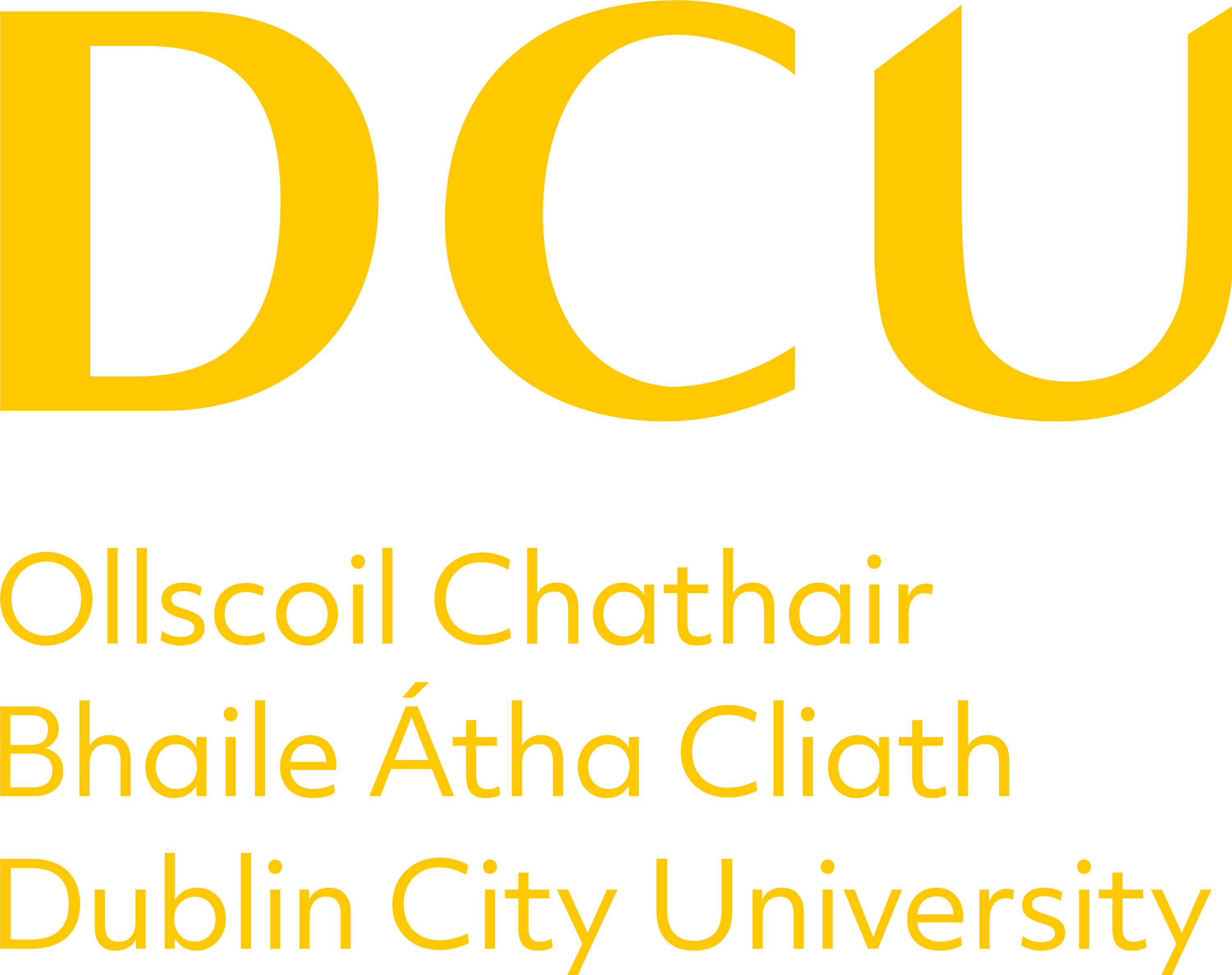|
Module Title |
Optical Communications System Design
|
|
Module Code |
EE454
|
|
School |
School of Electronic Engineering
|
Online Module Resources
|
| Module Co-ordinator | Prof Liam Barry | Office Number | S333 | | Module Co-ordinator | Professor Liam Barry | Office Number | S333 |
|
Level |
4
|
Credit Rating |
7.5
|
|
Pre-requisite |
None
|
|
Co-requisite |
None
|
|
|
Module Aims
|
To introduce the student to the main components of an optical communications system and
to describe typical communication systems which employ optical techniques.
|
|
Learning Outcomes
|
On successful completion of this module the learner will be able to
Identify the main parameters of laser diodes, optical fibre, and optical receivers that effect the
performance of optical communications systems
1.
Analyse the equations that explain the modulation of an optical carrier with electrical data signals and
apply these equations to determine the maximum modulation rate that can be attained
2.
Derive solutions for how non-linearity and dispersion affect the propagation of data signals in optical
fibre, and apply these solutions to analyse the maximum data rate and transmission distance of optical
transmission links
3.
Determine the various parameters of an optical receiver that affect Bit-Error-Rate and eye diagrams,
and identify how an eye-diagram may be used in quantifying system performance
4.
Identify the different type of networking configurations that may be used in an optical network and
analyse how component selection effects network design
5.
Design a basic optical communication systems and analyse how it performance would be effected by the
various components used in the system design
6.
Implement a wavelength division multiplexed systems and formulate how altering the parameters of
the components used would change system capacity
7.
Operate all the main components required to develop a basic optical communication systems, and
conduct experiments to develop and analyse an optical transmission system
|
|
Indicative Time Allowances
|
|
|
Hours
|
|
Lectures |
|
|
Tutorials |
|
|
Laboratories |
|
|
Seminars |
|
|
Independent Learning Time |
112.5
|
|
|
|
|
Total |
112.5
|
|
Placements |
|
|
Assignments |
|
|
|
NOTE
|
Assume that a 7.5 credit module load represents approximately 112.5 hours' work, which includes all teaching, in-course assignments, laboratory work or other specialised training and an estimated private learning time associated with the module.
|
|
Indicative Syllabus
|
|
Optical Communications System Design
Properties of Optical Fibres: fibre types; step-index and graded-index; monomode and multimode;. Lasers
and Modulation Techniques: the laser diode; power spectrum; single-mode lasers; direct modulation;
intensity modulation; frequency modulation; linearity; pulse modulation; coding an optical carrier. Signal
Degradation and Coupling Efficiency: absorption; scattering; radiative losses; core and cladding losses;
material dispersion; waveguide dispersion; intermodal dispersion; nonlinear effects; mode coupling;
source-to-fibre power launching. Demodulation: photodiodes; construction; temperature effects; response
time; direct detection; signal-to-noise ratio with direct detection of intensity modulated waves.
Multiplexing: time-division multiplexing; limitations of TDM; wavelength division multiplexing; WDM using
optical filters; cross-talk; radio-frequency subcarrier multiplexing. Fibre-Optic Networks: WDM networking,
structure. Evolution to All-Optical Networks.
|
| Assessment | | Continuous Assessment | 20% | Examination Weight | 80% |
|
|
Indicative Reading List
|
|
|
|
|
|
Programme or List of Programmes
|
| BSSAO | Study Abroad (DCU Business School) |
| ECSAO | Study Abroad (Engineering & Computing) |
| EE | BEng in Electronic Engineering |
| GCTC | Grad Cert. in Telecommunications Eng. |
| GTC | Grad Dip in Telecommunications Eng |
| HMSAO | Study Abroad (Humanities & Soc Science) |
| ICE | BEng Info and Communications Engineering |
| IPME | Individual Postgrad. Modules-Electronics |
| MEN | MEng in Electronic Systems |
| MEQ | Masters Engineering Qualifier Course |
| MTC | MEng in Telecommunications Engineering |
| SHSAO | Study Abroad (Science & Health) |
| Archives: | |
